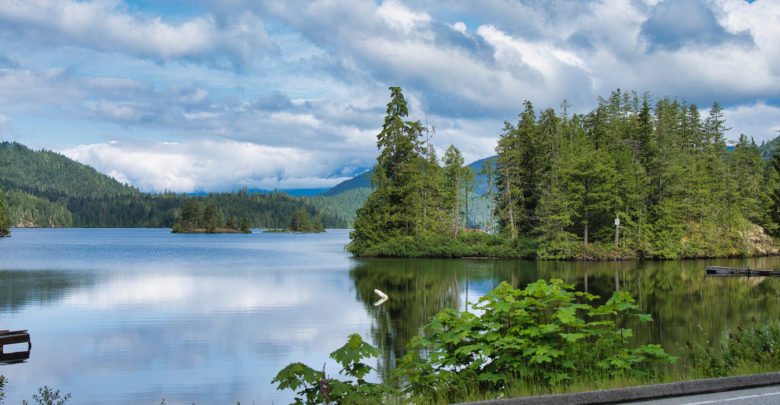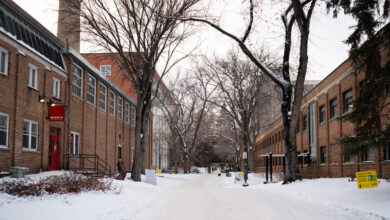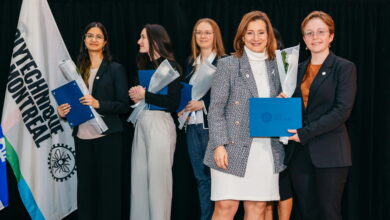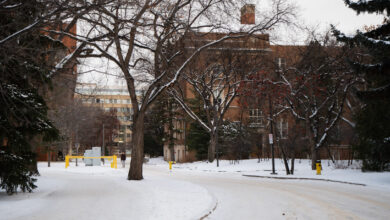 Alexander Cheung
Alexander CheungOn June 12, the Government of Alberta announced it is raising the fine for failing to stop at watercraft inspection stations. As of June 20, the fine increased from $324 to $4,200, making it the highest fee in North America. This is nearly a 1,200 per cent increase.
With this increase, the government aims to prevent invasive aquatic species, particularly quagga and zebra mussels, from entering and dominating Alberta’s many bodies of water.
Patrick Hanington, an associate professor in the University of Alberta School of Public Health, is a member of the provincial Aquatic Invasive Species Task Force. According to Hanington, invasive species can cause large-scale ecological consequences. Beyond ecological damage, Hanington said the economic and agricultural damage of a species invasion can also be problematic.
Invasive species may have advantages that allow them to out-compete native animals for space, food, and more. Preventing invasive species from settling is crucial, Hanington said.
“Often, once they get introduced, there’s this period of time where there’s an opportunity to try to tackle the problem. But once they establish it can be very difficult, if not impossible, to remove them.”
Quagga and zebra mussels are high priority for the provincial government, but Hanington noted other species of concern. Whirling disease, which is caused by an invasive parasite, is deadly to trout and whitefish populations. This parasite is present in Alberta.
“We don’t know a lot about what the impact of that parasite will be on some of our threatened fish species in Alberta.”
A fish of concern Hanington noted is the Prussian carp. These fish are able to reproduce asexually through gynogenesis, meaning they can reproduce easily multiple times in a season. Prussian carp have been found in Alberta storm ponds, lakes, and rivers. Recently, they migrated into Saskatchewan as well, Hanington said.
Humans often play a critical role in the spread of invasive species, Hanington says
In most cases of species invasion, humans play a critical role, Hanington said. Both quagga and zebra mussels first spread from Eastern Europe to North America on trans-oceanic ships.
Although checking for mussels on the hull of your boat may seem straightforward, Hanington warned that mussels have larval stages during which they’re microscopic. Mussel larvae can hide in bilge tanks and engine compartments with ease.
“If they’re released into the water at a new location, they can settle and then establish a mussel, and you would never know that that was there.”
One challenge to preventing the spread of invasive species is a lack of awareness, Hanington said. For example, because people release their unwanted pet goldfish into storm ponds, Alberta has had to manage the invasive species for years. Currently, goldfish are present in over 100 Alberta locations. Goldfish can reproduce easily and quickly and also grow to large sizes.
“A lot of people don’t know much about invasive species. They don’t know the species that they should be on lookout for. They don’t know much about how damaging or costly invasive species can be.”
Hanington thinks the increased fees are a good first step, and shows how serious Alberta is taking this issue. He also emphasized the importance of public awareness.
“Informing people and having them understand why invasive species are important for us to prevent is the best way to have people believe in the idea and the importance of prevention.”




